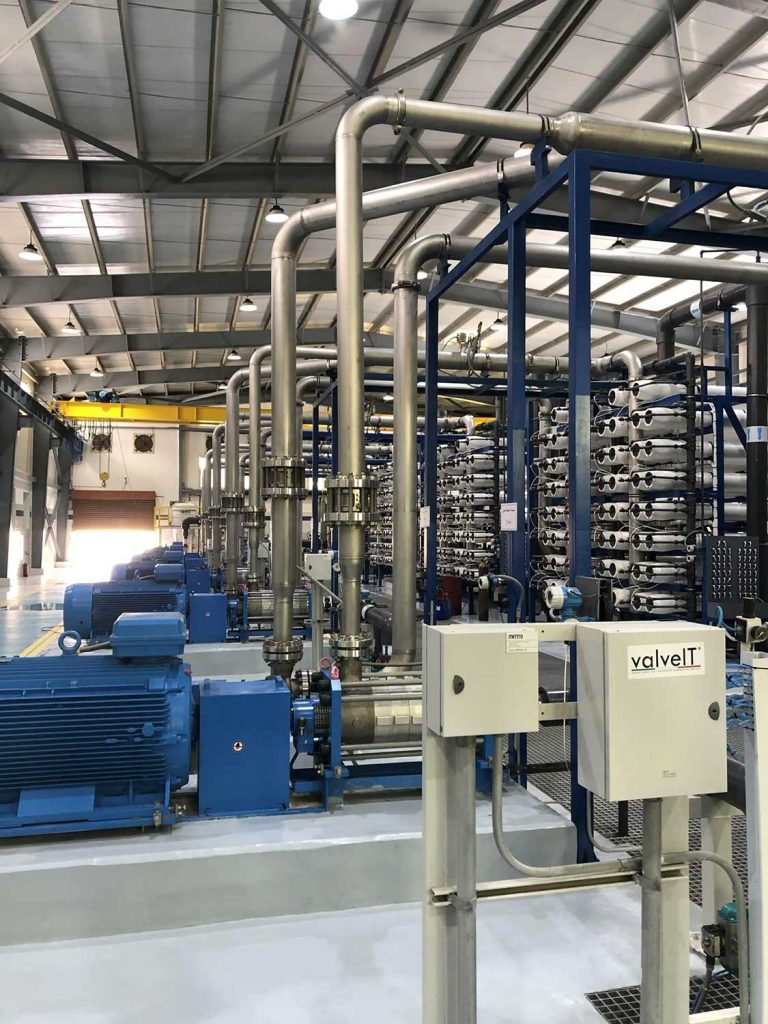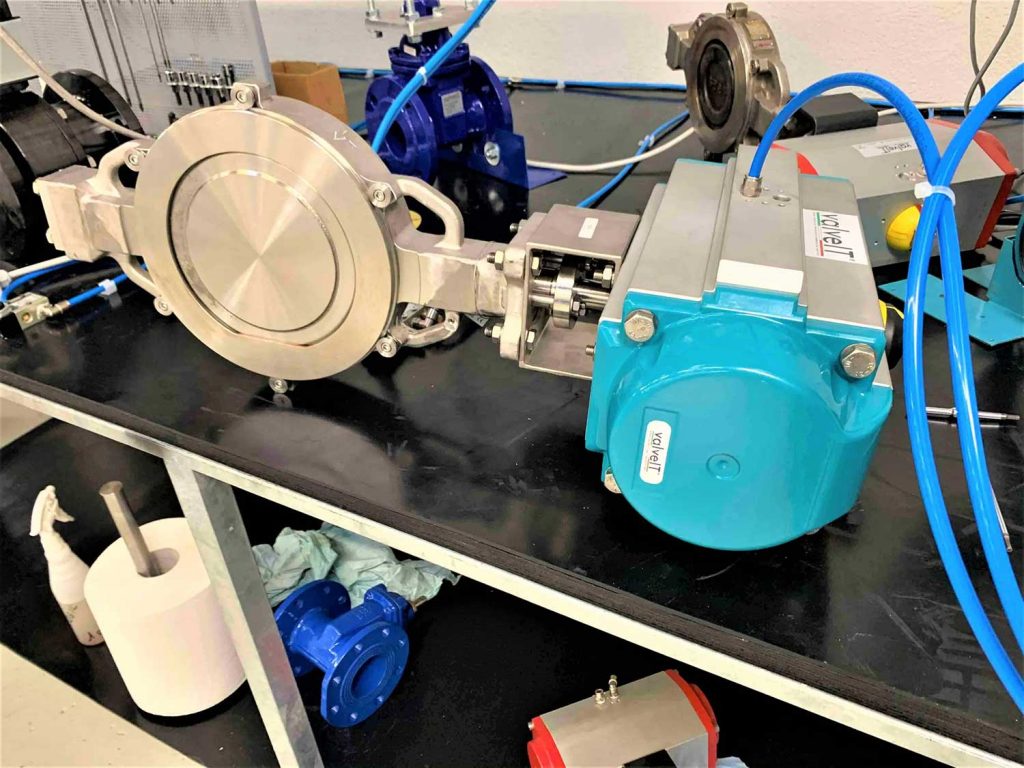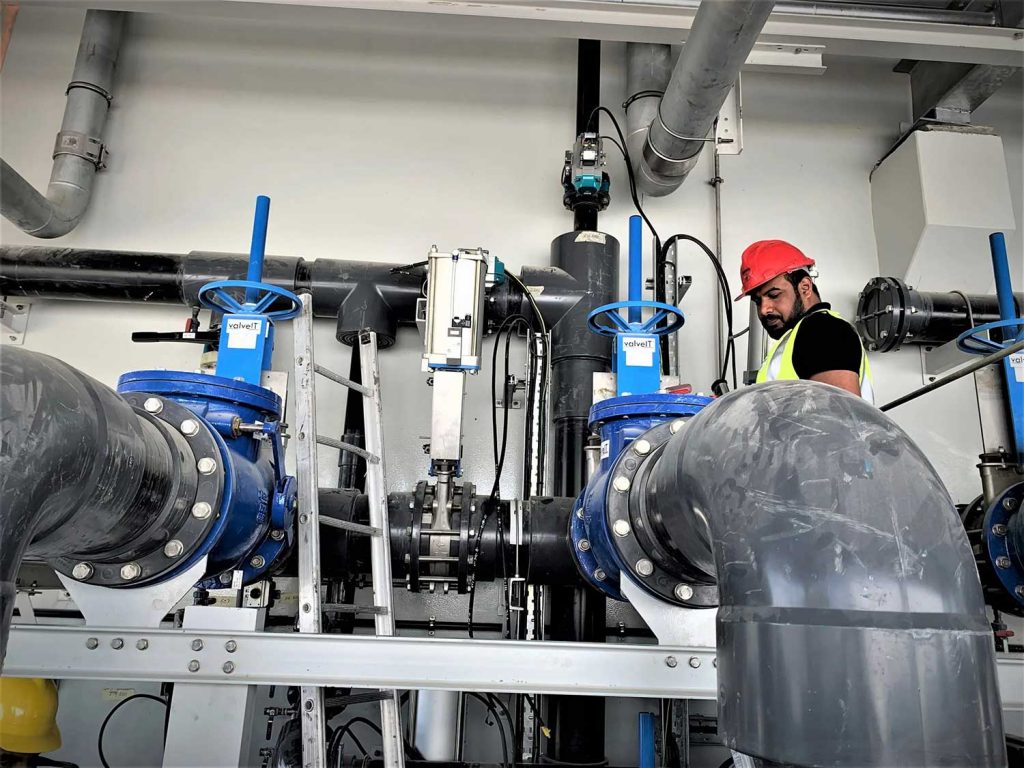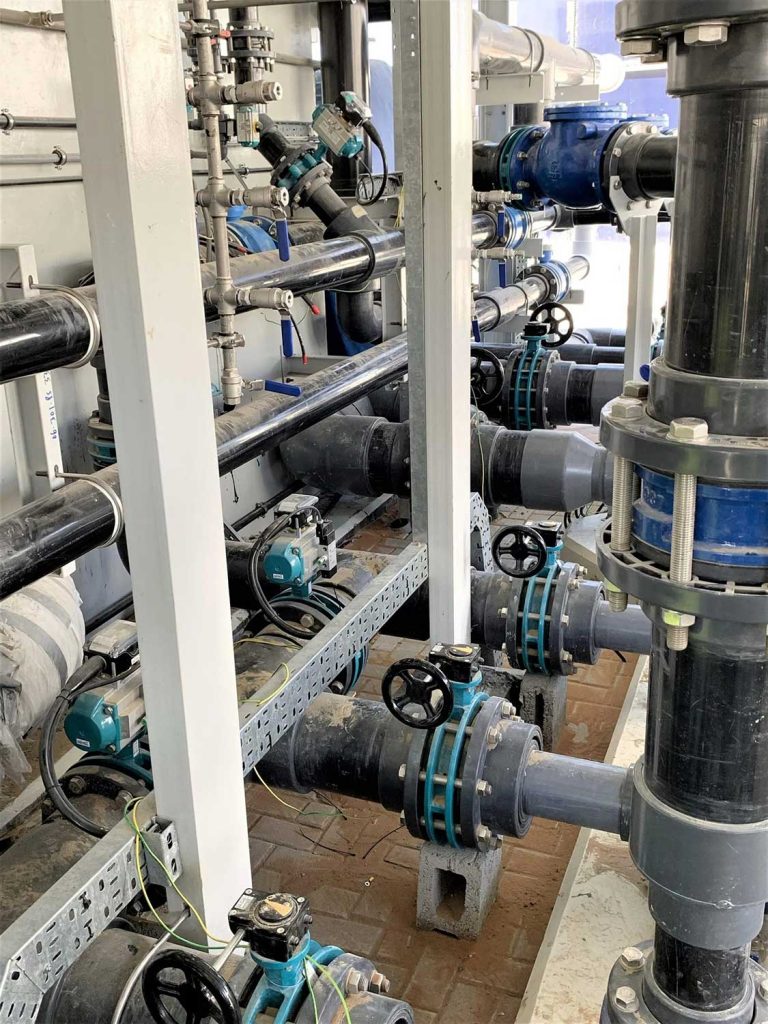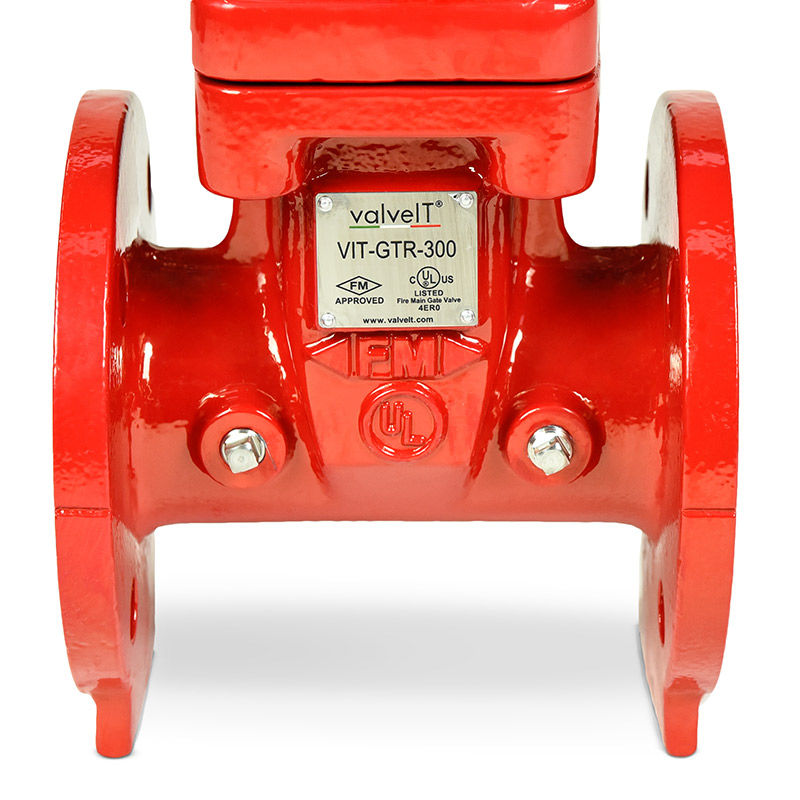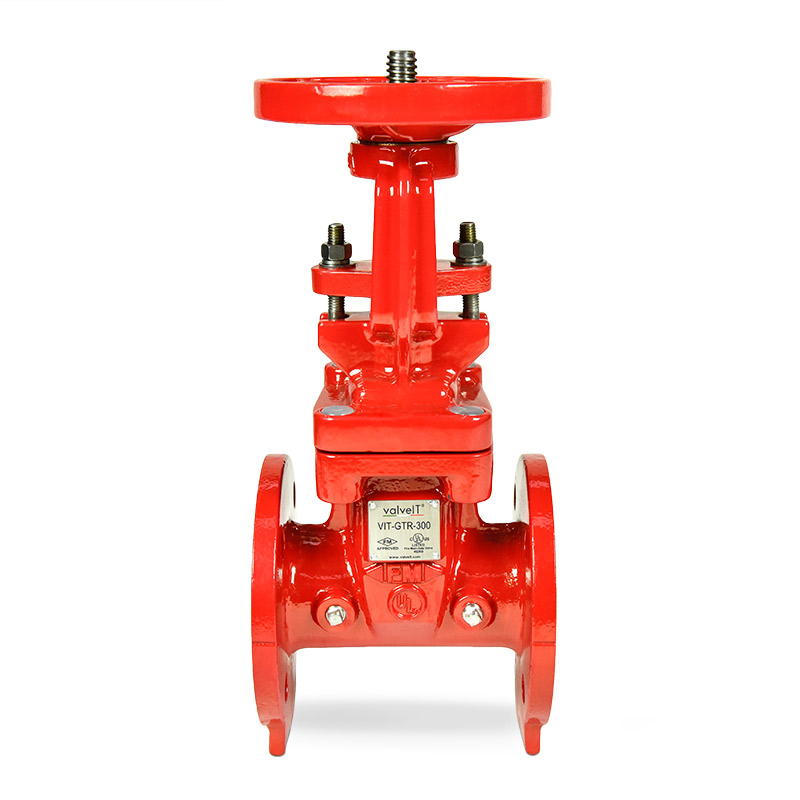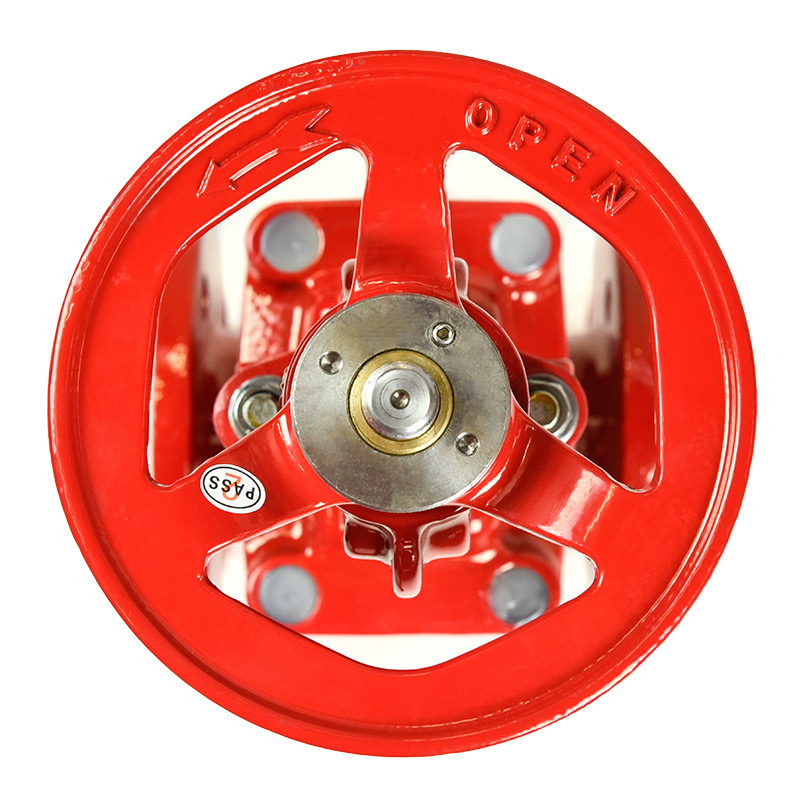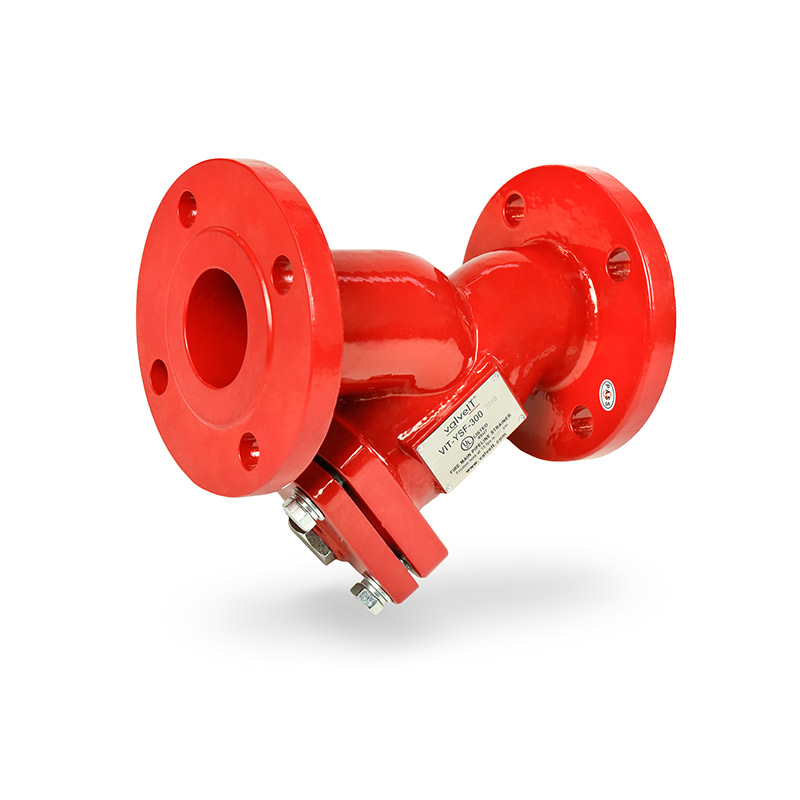
valveIT a high-quality valves developer and manufacturer with more than 10 years of experience within several valve applications: from water treatment and wastewater treatment to desalination, fire fighting & HVAC. valveIT focuses on providing approved package solutions concerning valves and actuators which follows rigourous evaluating criteria and procedures. valveIT guarantees a high-rated quality for the mentioned activities which are supported by the range of approvals and certifications proudly gained throughout their years of activity, and we are proud to present their valves for use in Saudi Arabia.
Water Treatment & Desalination:
Dealing with “Water Treatment” includes physical, chemical and biological procedures depending on the different substances treated in drinking water treatment plants, sea-water desalination plants or pumping stations. In these contexts valves applications aims to control pressure and flow so as to shut off the flow of water and avoid critical damages to pumps and pipelines. Our valves are designed for maximum effectiveness and are the answer for your valve requirement in Saudi Arabia.
Wastewater Treatment:
Wastewater treatment is a process used to remove contaminants from wastewater or sewage and convert it into an effluent that can be returned to the water cycle with minimum impact on the environment, or directly reused. The treatment process takes place in a wastewater treatment plant (WWTP), often referred to as a Water Resource Recovery Facility (WRRF) or a Sewage Treatment Plant (STP).
Desalination:
Desalination is a process that takes away mineral components from saline water. More generally, desalination refers to the removal of salts and minerals from a target substance, as in soil desalination, which is an issue for agriculture. Saltwater is desalinated to produce water suitable for human consumption or irrigation. The by-product of the desalination process is brine. Desalination is used on many seagoing ships and submarines. Most of the modern interest in desalination is focused on cost-effective provision of fresh water for human use. Along with recycled wastewater, it is one of the few rainfall-independent water sources.
The leading process for desalination in terms of installed capacity and yearly growth is reverse osmosis (RO). The RO membrane processes use semipermeable membranes and applied pressure (on the membrane feed side) to preferentially induce water permeation through the membrane while rejecting salts. Reverse osmosis plant membrane systems typically use less energy than thermal desalination processes. Energy cost in desalination processes varies considerably depending on water salinity, plant size and process type. Reverse osmosis uses a thin-film composite membrane, which comprises an ultra-thin, aromatic polyamide thin-film. This polyamide film gives the membrane its transport properties, whereas the remainder of the thin-film composite membrane provides mechanical support. The polyamide film is a dense, void-free polymer with a high surface area, allowing for its high water permeability.
HVAC:
Heating, Ventilation & Air Conditioning (HVAC) is the technology of indoor and vehicular environmental comfort. Its goal is to provide thermal comfort and acceptable indoor air quality. Ventilating or ventilation (the V in HVAC) is the process of exchanging or replacing air in any space to provide high indoor air quality which involves temperature control, oxygen replenishment, and removal of moisture, odors, smoke, heat, dust, airborne bacteria, carbon dioxide, and other gases. Ventilation removes unpleasant smells and excessive moisture, introduces outside air, keeps interior building air circulating, and prevents stagnation of the interior air.
Individual Systems:
In modern buildings, the design, installation, and control systems of these functions are integrated into one or more HVAC systems. For very small buildings, contractors normally estimate the capacity and type of system needed and then design the system, selecting the appropriate refrigerant and various components needed. For larger buildings, building service designers, mechanical engineers, or building services engineers analyze, design, and specify the HVAC systems. Specialty mechanical contractors then fabricate and commission the systems.
District Networks:
Although HVAC is executed in individual buildings or other enclosed spaces, the equipment involved is in some cases an extension of a larger district heating (DH) or district cooling (DC) network, or a combined DHC network. In such cases, the operating and maintenance aspects are simplified and metering becomes necessary to bill for the energy that is consumed, and in some cases energy that is returned to the larger system. For example, at a given time one building may be utilizing chilled water for air conditioning and the warm water it returns may be used in another building for heating, or for the overall heating-portion of the DHC network (likely with energy added to boost the temperature).
Basing HVAC on a larger network helps provide an economy of scale that is often not possible for individual buildings, for utilizing renewable energy sources such as solar heat, winter’s cold, the cooling potential in some places of lakes or seawater for free cooling, and the enabling function of seasonal thermal energy storage. Get in touch with us at [email protected] for your valve requirements.
Firefighting:
Fire fighting valves consist of a varied range of products which are designed to work at emergency full-flow. This range includes:
Control Valves:
These valves control the flow of water in an automatic fire sprinkler system. Therefore, it is critical they remain open to allow water flow to the sprinklers. According to the National Fireprotection Association (NFPA), closed valves are the main cause of sprinkler system failure. There will likely be several control valves located throughout a fire fighting system that separate it into designated sections. These valves come in a variety of sizes and types.
Gate Valves:
Outside Stem & Yoke (OS&Y) valve (also called an indicating gate valve)—Indicating type means that one can visually determine if the valve is open or closed. An OS&Y valve is open when the threaded stem extends from the valve. The valve is closed when the stem is not visible above the control wheel.
Butterfly Valves:
It is another indicating valve in which there is an indicating vane that moves when the valve wheel is turned. The valve is open if the vane is parallel to the riser or direction of water flow. If the vane is perpendicular to the direction of water flow, the valve is closed.
Post Indicator Valve (PIV):
This valve may be mounted on the exterior of the building (horizontal type) or in the yard of the premises (vertical type). The valve indicates its status through a small window on the side, displaying either “OPEN” or “SHUT.”
Tamper Switch:
A tamper switch is an electromechanical device attached or integrated into the valve controls which sends an electrical signal if the valve is moved. The tamper switch alarms should be supervised by a 24-hour remote station or may be locally monitored if the building is continuously occupied.
valveIT provides valves for water & desalination, HVAC and fire fighting and we are happy to supply valves for your requirements via valveIT’s stellar product range. Reach out to us on our contact form/[email protected] to initiate a discussion!





